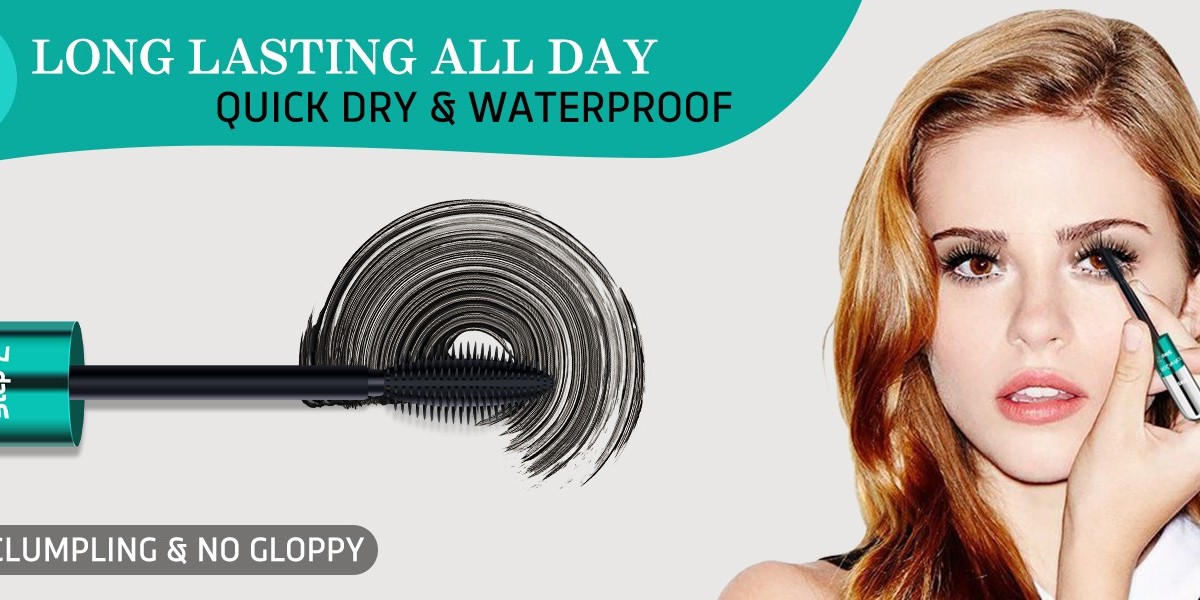Introduction
Lately, the concept of kawaii style has gained reputation both in Japan and all over the world. Characterized by its cute and playful aesthetic, kawaii outfits are a unique type of self-expression that has captivated vogue fanatics of all ages. This article aims to explore the science behind aesthetic kawaii outfits, uncovering the psychological and sociological elements that contribute to their appeal.
The Psychology of Kawaii
The term "kawaii" is derived from the Japanese phrase for cute, and is usually related to a way of innocence, vulnerability, and adorableness. Psychologists consider that the enchantment of kawaii trend lies in its skill to evoke positive emotions and create a way of consolation and safety. The usage of pastel colours, cartoon characters, and whimsical motifs in kawaii outfits can trigger emotions of nostalgia and produce back reminiscences of childhood.
Furthermore, analysis has shown that publicity to cute pictures can activate the mind's reward system, leading to the discharge of dopamine, a neurotransmitter related to pleasure and motivation. This neural response to kawaii stimuli might clarify why persons are drawn to kawaii vogue, as it presents a quick and straightforward manner to spice up mood and elevate one's spirits.
The Sociology of Kawaii
From a sociological perspective, kawaii trend might be seen as a type of rebellion against standard magnificence requirements and gender norms. By embracing a method that prioritizes cuteness over sexiness, kawaii fanatics challenge societal expectations and assert their individuality. In a tradition that values conformity and uniformity, kawaii fashion offers an area for self-expression and creativity, allowing individuals to carve out a unique identification in a sea of homogeneity.
Moreover, kawaii trend is commonly associated with youth and femininity, as it is often worn by teenage girls and young girls. The prevalence of kawaii outfits in standard media, reminiscent of anime and manga, has contributed to the widespread adoption of this aesthetic amongst a youthful demographic. By wearing kawaii clothing, individuals can signal their membership in a subculture that values playfulness, lightheartedness, and self-care.
The Aesthetics of Kawaii
By way of aesthetics, kawaii outfits are characterized by their use of vibrant colours, whimsical patterns, and oversized accessories. Pastel hues like pink, lavender, and mint inexperienced are commonly utilized in kawaii vogue to create a mushy and soothing palette that appeals to the senses. In addition, kawaii outfits typically feature adorable motifs akin to hearts, stars, and animals, which add a playful and childlike charm to the overall look.
One key aspect of kawaii trend is the concept of "cute aggression," which refers to the contradictory emotions of desirous to hug and squeeze one thing that's overwhelmingly adorable. This phenomenon is commonly seen in kawaii outfits that function exaggeratedly large bows, ruffles, and frills, which mimic the appearance of doll-like clothes. By exaggerating sure options and proportions, kawaii trend taps into our innate desire to nurture and protect cute and weak things.
Conclusion
In conclusion, the science behind aesthetic kawaii outfits reveals a posh interplay of psychological, sociological, and aesthetic components that contribute to their popularity. By harnessing the facility of cuteness and childlike innocence, kawaii vogue presents a type of escapism and self-expression in a world that can typically feel overwhelming and chaotic. Whether or not worn as a form of rebellion, a source of comfort, or a means of creative expression, kawaii outfits hold a unique and enduring attraction that transcends cultural boundaries.



